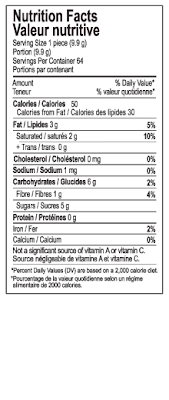 As I approached the end of a long dive down to North Carolina on Friday night I had given up on searching for a new radio station every time commercials came on and heard a ridiculous McDonald's commercial. It aired around 11:00pm and went something like this:
As I approached the end of a long dive down to North Carolina on Friday night I had given up on searching for a new radio station every time commercials came on and heard a ridiculous McDonald's commercial. It aired around 11:00pm and went something like this:Man: I'm gonna run out and get somethin' to eat. Want anything?
Woman: (sounding tired) I just went to bed, like, two hours ago...
Man: I'm going to McDonald's... (he says in a "tempting" voice)
Woman: Alright... (she concedes) Bring me some fries then.
Song: Do do doo do doo... I'm lovin' it.
Announcer: Open 'til one AM or later... feed your late night cravings...
Really? I mean, REALLY?? I guess I shouldn't be surprised since I've heard all the "Eat great, even late" Wendy's ads before. And I think Taco Bell actually made up a name for a fourth meal. AND McDonald's has those snack size sandwiches for mid-morning or mid-afternoon or watching sports or something.
Perhaps this isn't a new thing for McDonald's to encourage folks to wake up in the middle of the night and eat fries and I just haven't been awake after 11pm in a while? Or I've mastered the art of avoiding these silly marketing messages? Or I'm still subscribed to the marketing message that if I am up late and craving something it is because I am pregnant, hormonal, or going through a break-up and the clear fix is a pint of ice cream, likely something with a catchy name like Chunky Monkey? Or maybe I'm just old fashioned and still think late night cravings are a private moment of weakness - a rare guilty pleasure - as opposed to a nationwide nightly occurrence.
Ugh.


 Last week, I blogged about Dead Zones. Last night, I caught the tail end of an episode of "Stuff Happens" with Bill Nye titled, "Breakfast." The tidbit that really caught my attention was about the 200 mile by 35 mile dead zone off the coast of Maryland and Virginia. The instigator of which, I imagine, may a big name poultry producer in Salisbury, MD.
Last week, I blogged about Dead Zones. Last night, I caught the tail end of an episode of "Stuff Happens" with Bill Nye titled, "Breakfast." The tidbit that really caught my attention was about the 200 mile by 35 mile dead zone off the coast of Maryland and Virginia. The instigator of which, I imagine, may a big name poultry producer in Salisbury, MD.
 Michael Pollan, or his books I should say, taught me something interesting about the produce and leafy greens we eat today: they aren't nearly as nutritious or packed full or antioxidants as say... a weed. Or as they were decades ago. Consider the following:
Michael Pollan, or his books I should say, taught me something interesting about the produce and leafy greens we eat today: they aren't nearly as nutritious or packed full or antioxidants as say... a weed. Or as they were decades ago. Consider the following:







 As I write... I can't believe this... he is at it again! I'm starting to think this squirrel escaped from the most recent Willy Wonka set. Stay tuned for additional photos and updates...
As I write... I can't believe this... he is at it again! I'm starting to think this squirrel escaped from the most recent Willy Wonka set. Stay tuned for additional photos and updates...













